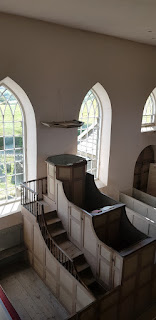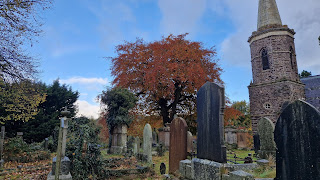Saint Andrew's Day: Bishop Mant's reverence for the Scotch Communion Office

Throughout the late 18th and well into the mid-19th century, the relationship of the Church(es) of England and Ireland with the Scottish Episcopal Church was a matter of theological and political controversy. While the Low Church tradition regarded Scottish Episcopalianism with obvious hostility - due a mixture of older Whig fears and a narrow, populist Protestant suspicion of the Scottish Liturgy - the Old High tradition had a deep and profound respect for Episcopalians in the northern part of the Kingdom, and a very high regard for the Scotch Communion Office. In 1824, the then Bishop of Down and Connor, Richard Mant - a leading Old High figure - became publicly involved in the debate when he published a letter to a Scottish Episcopalian cleric, rebuking an Irish cleric who had refused to share in the Sacrament according to the Scottish rite. Mant had no hesitation in stating what he would do if he were in that part of the Kingdom: if I were passing through Scotland, as,...

















